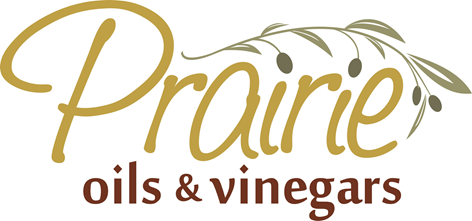Giving Thanks: The History of Canadian Thanksgiving
Share
 What are traditional Thanksgiving foods? What did the first Thanksgiving look like? Thanksgiving stereotypes are not hard to recall. But most of them are based on American Thanksgiving. Did you know that Thanksgiving in Canada has its own history? And it is separate from our American neighbours.
What are traditional Thanksgiving foods? What did the first Thanksgiving look like? Thanksgiving stereotypes are not hard to recall. But most of them are based on American Thanksgiving. Did you know that Thanksgiving in Canada has its own history? And it is separate from our American neighbours.
In North America, Indigenous peoples have a long history of honouring the fall harvest. First Nations peoples across Canada were thankful for the crops and game that Mother Nature had rewarded them with after a summer of hard work. Traditions for their fall celebration included feasting, prayers of thanks, prayers that they would survive the coming winter, dancing, games, and other ceremonies.
After European settlers arrived, colonists endured many challenges including simple malnourishment, but many were even plagued continuously by scurvy. Medical advice was put forward across the colonies that recommended better nutrition (more food) and entertainment to combat scurvy. To prevent another winter scurvy epidemic, Samuel de Champlain mandated that huge feasts would be held in groups and that people should share more food. These feasts were not limited to the fall season, but it was natural that a fall feast was the most robust due to the most recent crops and the summer’s bounty.
 Near to the New France colonies, the Mi’kmaq peoples joined with the French in these festivals and they likely introduced the French to different foods and fruits, including the cranberry which they called petites pommes rouges (little red apples). Though not known at the time, the cranberry, which is extremely high in vitamin C, likely went a long way to preventing scurvy.
Near to the New France colonies, the Mi’kmaq peoples joined with the French in these festivals and they likely introduced the French to different foods and fruits, including the cranberry which they called petites pommes rouges (little red apples). Though not known at the time, the cranberry, which is extremely high in vitamin C, likely went a long way to preventing scurvy.
The story doesn't end there and, although most people want a rosy Thanksgiving story, history shows us that the colonization of our country was either at best, deadly complicated, and worst, an all-out atrocity. How can we still be celebrating at Thanksgiving then?
Interesting, Thanksgiving traditions took root in Eastern Canada and the U.S. partially due to a New England publication called Godey's Ladies Book. The magazine was published from 1830-1896 and helped to promote ideas such as "abolition, white wedding dresses, Christmas trees, a focus on the family, domestic science and the elevation of Thanksgiving to a national holiday with a set, universal date, so that the entire nation could pray and celebrate together." Interestingly, one editor of the publication also wrote a novel in which the political significance of Thanksgiving was suggested.
Canadian and American politics did, in fact, support the tradition from the perspective that white, patriarchal protestants who prayed together were the foundation for a strong cultural identity and therefore, celebrating Thanksgiving was government-promoted across both countries.
Most often the date a Thanksgiving feast was celebrated on was at the beginning to mid-November. But after the World Wars, in 1957, Thanksgiving was proclaimed an annual event to occur on the second Monday of October (moved from Nov. 6 as it was too close to Remembrance day).
It is now an observed as an official statutory holiday in all provinces and territories except Prince Edward Island, New Brunswick, and Nova Scotia. The Canadian government officially describes Thanksgiving as, “a day of general thanksgiving to almighty God for the bountiful harvest with which Canada has been blessed.”
Macleans.ca sums up the controversial history of Thanksgiving like this: "We could make the holiday our own by using it in a totally different way. A good start would be to acknowledge that Europe had pre-contact harvest feast traditions of their own, but to stop pretending Europeans invented Thanksgiving in Canada or the United States and, instead, consider how to repurpose the holiday to redress historical wrongs—and imagine a new Canadian identity."
However you celebrate, we hope your table is full of good foods and surrounded by many friends and family this month!
--
